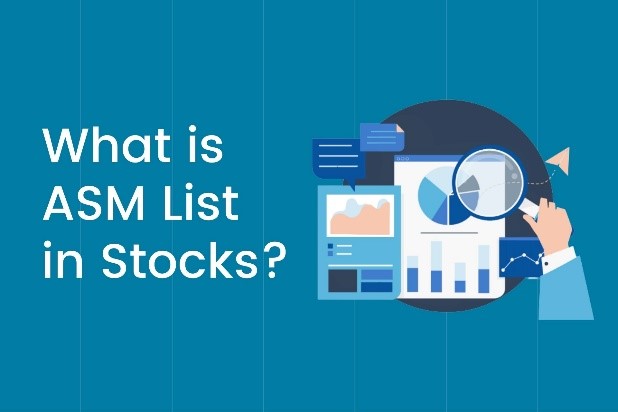Free Courses Sale ends Soon, Get It Now


Free Courses Sale ends Soon, Get It Now



Disclaimer: Copyright infringement not intended.
Context:
Read: https://www.iasgyan.in/daily-current-affairs/short-selling
What is Additional Surveillance Mechanism (ASM)?
Note: The shortlisting of securities under ASM is purely on account of market surveillance and it should not be construed as an adverse action against the concerned company / entity.
Stricter Exchange Rules imposed on ASM stocks:
|
MARGIN MONEY IN TRADING Suppose you want to buy 1000 shares of XYZ, the current price of which is INR 100 apiece. So, you need INR 1 lakh. But, your trading account has a clear balance of INR 50,000, meaning you need INR 50,000 more to place the trade. You can get the additional fund in two ways - pour the money from your bank account or request your broker to give you the additional money.
When your stockbroker gives you the additional money, it is known as margin money. You can use the margin money to take long or short intraday positions. You can also use the money to trade futures and options, commodities, currencies, and the like. |
|
TRADE TO TRADE SETTLEMENT Trade to Trade settlement is a segment where shares can be traded only for compulsory delivery basis. It means Trade to Trade shares cannot be traded on intraday. Each share purchased/sold which are parts of this segment need to be taken delivery by paying full amount. For example:- In normal rolling settlement, one can trade stocks intraday (One can buy and sell a security on the same day). Suppose you buy 1,000 shares of SUZLON at Rs.25 per share and sold these 1,000 shares for Rs.30 per on the same day (before the close of trading). You have gained Rs.5 per share (less brokerage/Other Expenses). This is the amount you will receive from your broker in the normal rolling settlement system. But, if the same stock is under trade-for-trade segment, you will have to pay Rs.25,000 to take delivery of the shares you bought. Similarly, the quantity you have sold will have to be presented for delivery in Demat A/C. The Trade-for-Trade segment considers each transaction individually. PRICE-TO-EARNINGS RATIO Price to Earnings Ratio or Price Earnings Multiple is the ratio of share price of a stock to its earnings per share (EPS). PE ratio is one of the most popular valuation metrics of stocks. It provides an indication of whether a stock at its current market price is expensive or cheap. |
PRELIMS MODEL QUESTION
Q: Which of the following statements is not correct?
© 2024 iasgyan. All right reserved